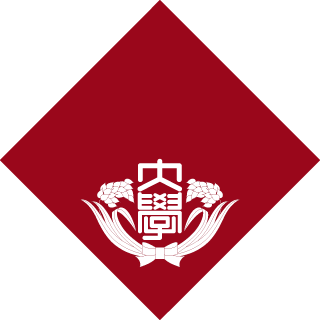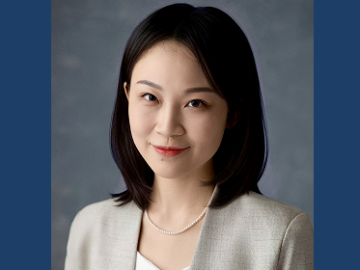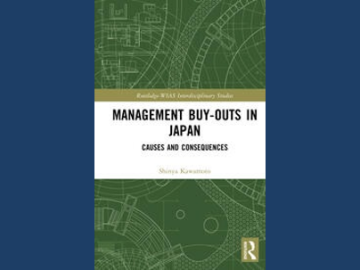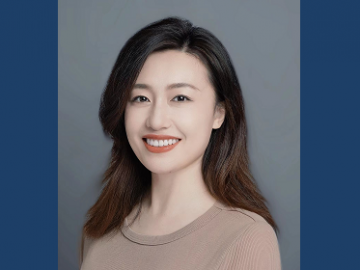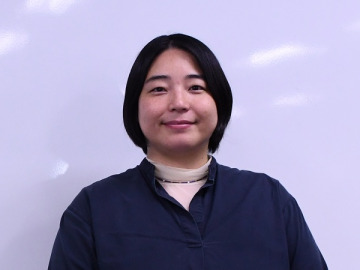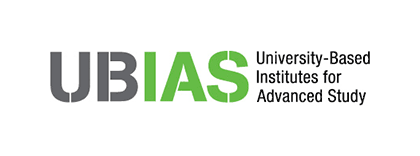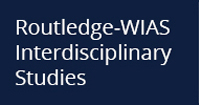Historical Awareness and Kangaku from the Mid-Heian to Early-Kamakura
I have attempted to elucidate, from multiple perspectives, the historical awareness of people in Japan from the mid-Heian period to the early Kamakura period.
In this study, I have focused on Kangaku. Meaning “Chinese studies,” Kangaku refers to the study of non-Buddhist Chinese classics brought over from the continent. The material largely featured Confucianist ideas, while also including a mix of other schools of thought like Daoism and Mohism. In the Buddhist parlance of the time, Kangaku was referred to as gekyō, “outer teachings,” or gegaku, “outer learning,” and distinguished from naikyō, “inner teachings,” and naigaku, “inner learning.”
The Kangaku of this era has not always received an accurate appraisal. Many historians have misattributed the source of much of Japanese thought to Buddhism when in fact it has been derived from Kangaku. As an example of this trend, I will discuss the historical awareness at the time.
The Longstanding Misunderstanding of Mappō-belief
On questioning about the mid-Heian to the early-Kamakura period, some Japanese people would probably be led to recollect Mappō-belief, which was learnt in the junior high school history classes.
In Buddhism, Mappō, the Last Dharma-age, is the third of the three divisions of time following the passing of Gautama Buddha. The first two ages are Shōbō, the Right Dharma-age, and Zōhō, the Semblance Dharma-age. According to Mappō belief (Mappō-shisō), during Mappō, the teachings of the Buddha will remain, but people will no longer be able to attain enlightenment through them. There have been various theories on when Gautama Buddha died and how long each of the three ages is supposed to last. According to the theory that gained prevalence in Japan, Mappō began in 1052 (seventh year of Eishō), which falls in the mid-Heian period.
The traditional view among historians is that Mappō-belief had a profound impact on Japanese society between the mid-Heian and early-Kamakura period. Textbooks on Japanese history portray people dreading the arrival of Mappō and seeking salvation in Buddhism.
Was Mappō-belief really so strongly ingrained in people’s thinking during this time? This commonly accepted notion, which has persisted over many years, does not actually have any basis in historical fact.
Is Mappō Synonymous with Matsudai?
If, as the prevailing notion has it, there has been such widespread public dread about Mappō at the time, we would expect to find extensive reference to the term in historical materials. I have examined aristocrats’ diaries, officially and privately compiled chronicles, imperial rescripts, reports to the Emperor, petitions to the Imperial Court, tales, collections of legends, Buddhist catechisms, poetry anthologies, treatises on poetry, and various other materials, and the references to Mappō are few and far between. On the other hand, these materials are replete with terms like Matsudai, Masse, Yo-no-sue, and Sue-no-yo (all variations of “an age in descendant”). When any terrible event occurs, Japanese people often use expression like “Yo mo sue da” (“it’s an age in descendant.”) Such expression is the modern-day equivalent of Matsudai and Masse.
Advocates of the traditional view have argued that Matsudai, Masse, Yo-no-sue, and Sue-no-yo are all synonyms of Mappō. Indeed, the traditional view is based on the assumption that Mappō is synonymous with these terms. However, I have examined previous studies on this period going as far back as the Meiji period and none of these works had demonstrated synonymity of the terms.
The simplest evidence against the traditional theory can be seen in Jien’s Gukanshō. This work had been considered the go-to historical evidence proving the people’s dread of Mappō. However, while there are 50 instances of terms like Matsudai and Yo-no-sue, the word Mappō appears only once in the following passage: “Now it is a degenerate age in descendant (Matsudai), warrior’s age, and additionally the Last Dharma-age (Mappō)…” In the original Japanese, the reference to warrior’s age is positioned between the references to Matsudai and Mappō, and the stacked particle “ni-mo” conveys that the latter term is additional to the former terms. These features reveal that the author did not consider Matsudai and Mappō to be synonymous terms, and that the reference to Mappō was only supplementary.
The Origin of the Matsudai-mindset
Apart from Jien’s Gukanshō, there is plenty of other evidence as well to support the case. They all point to the conclusion that Mappō was not considered synonymous with terms like Matsudai, Masse, and Yo-no-sue during the period from mid-Heian to early-Kamakura, and that the latter terms were mentioned more frequently and were more strongly ingrained in people’s minds than the former (see Figure 1). I have coined the term “Matsudai-mindset” to describe the historical awareness of the people of the time who saw themselves as living in an age in descendant.
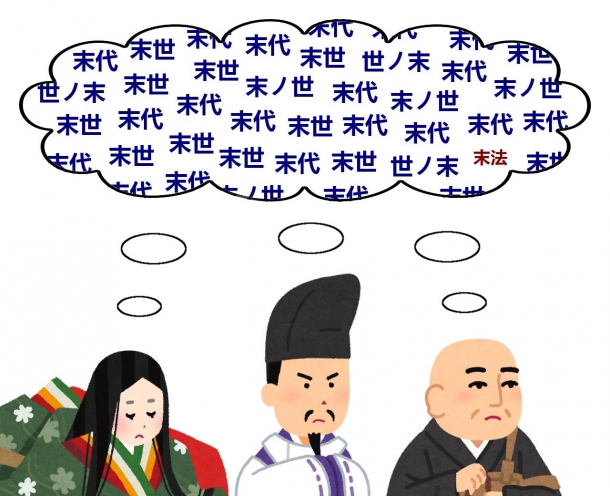
Figure 1: The historical mindset of people of the time can be described as the “Matsudai末代-mindset” (Matsudai, Masse末世, etc.) Mappō末法-belief scarcely featured in people’s minds (image provided by Dr. Mori)
Thus, the next question arises: Where was this Matsudai-mindset derived from? Most probably, it had its origins in Kangaku or, more specifically, in the writings of Daoism like Laozi and Zhuangzi. The basis for this claim is that concepts like the degenerate era and instances of terms like Masse (though this is Japanese pronunciation) had already started appearing in Daoist literature that emerged on the continent prior to the arrival of Buddhism.
Daoism is often considered incompatible with other schools of thought such as Confucianism due to the differences between the schools. However, this view is not necessarily accurate. The history of thought is full of examples in which the same ideas feature in schools of thought that are supposedly incompatible with each other. The Matsudai-mindset became a common feature of Confucianist thought and Buddhist thought as well, and it permeated widely.
The Potential of Heian Kangaku Studies
If it is true that it was the Matsudai-mindset, rather than Mappō-belief, that underlay the historical awareness of the Heian period, this would imply that historians have overestimated the importance of Buddhism and underestimated the importance of Kangaku in this period. As such, there is plenty of scope for more research into the Heian-period Kangaku, making it an exciting field of study.
According to Kojiki (The Records of Ancient Matters), a scholar from Baekje brought the Analects of Confucius’s school and other Chinese literatures to Japan in the reign of Emperor Ōjin (the beginning of the fifth century). Even if this legend has a historical basis, Chinese literature probably had already been introduced to Japan before then. Therefore, by the time of the Heian period, Kangaku had been in practice for over 400 years. By then, the Chinese characters had become an integral part of the Japanese writing system, and Kangaku had become established as a Japanese field of scholarship.
There is broad consensus among scholars of Japanese history and Japanese literature that Kangaku had an impact on politics and arts in Heian Japan. However, despite the recognition of this impact, no broad historical overview of Heian Kangaku has been provided so far. I have never encountered any historian who specializes in Heian Kangaku.
Besides the Heian people’s historical awareness, various other examples exist where Kangaku has not been considered the inspiration for a particular attitude or belief, despite the fact that it was indeed an influence on such. One of my future goals is to demonstrate this hidden influence of Kangaku and enliven Heian Kangaku studies.
Interview and Composition: Mariko Oshio
In cooperation with: Waseda University Graduate School of Political Science J-School
